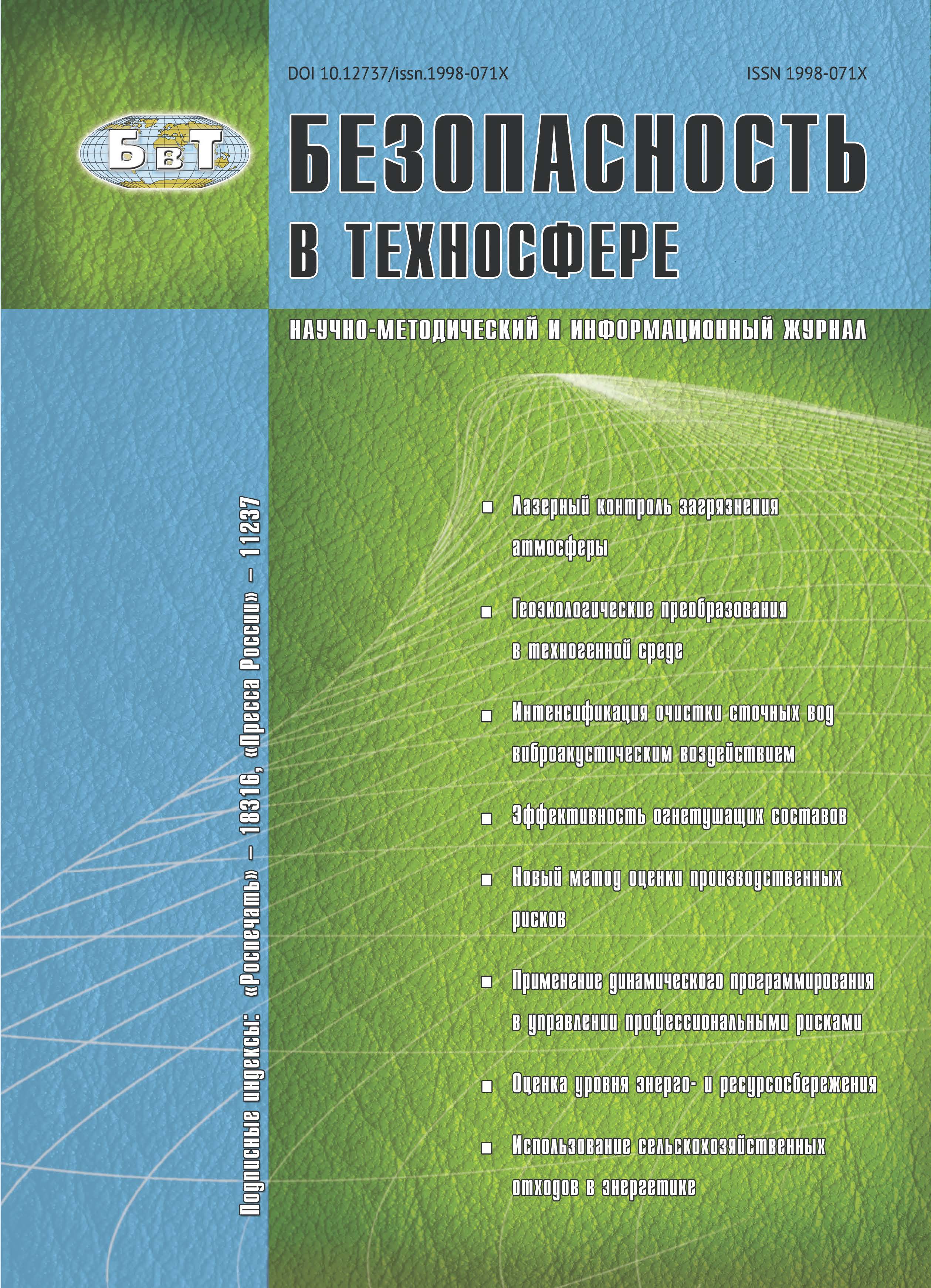graduate student
Russian Federation
Russian Federation
The concept of workplace micro injury has existed for several decades, but due to the fact that micro injuries have a slight negative impact on the health of an employee, microinjury is not recorded in the labor protection system and a system of assistance for this type of injury is not created. However, in recent years, a look at the contribution of micro injuries to production efficiency has begun to change — a number of legislative initiatives have been introduced, providing for a system of measures to account for micro injuries and optimize the provision of assistance for these injuries. Thus, the task of assessing the performance of the first aid system for micro injuries arose. This article describes an approach to solving the above problem. The approach is based on the hypothesis of attributing the first aid system for micro injuries to a queuing system. Based on this hypothesis, the article justifies the choice of the type of queuing system that correctly describes the first aid system for micro injuries, and formulates a set of mathematical dependencies that allow to optimize the operation of this system.
workplace micro injury, queuing system, closed multi-channel queuing system, micro injury first aid system, micro injury first aid system indicators
1. «GOST 12.0.002-2014. Mezhgosudarstvennyy standart. Sistema standartov bezopasnosti truda. Terminy i opredeleniya», vveden v deystvie Prikazom Rosstandarta ot 19.10.2015 № 1570-st [“GOST 12.0.002-2014. Interstate standard. Occupational safety standards system. Terms and definitions ”, put into effect by the Order of Rosstandart dated 10.19.2015 No. 1570-st]. (in Russian).
2. Shishkov V.Z., Taraday V.I. Psikhologiya bezopasnosti [Safety Psychology]. NINTsOP Publ. 1996. 62 p. (in Russian).
3. Aksenov V.A., Potapov P.N., Zav'yalov A.M. Sistema upravleniya professional'nymi riskami kak element povysheniya bezopasnosti proizvodstvennykh protsessov na transporte. Izvestiya Transsiba [Occupational risk management system as an element of improving the safety of production processes in transport. News of Transsib]. 2013, I. 4(16), pp. 115-123. (in Russian).
4. Sugak E. Lukavye tsifry, ili O nekotorykh osobennostyakh raboty sluzhby okhrany truda na predpriyatiyakh FRG. Okhrana truda i sotsial'noe strakhovanie [Crafty figures, or On some features of the work of the labor protection service in enterprises of the Federal Republic of Germany. Labor protection and social insurance]. 2004, I. 6, pp. 45-46. (in Russian).
5. Kraynyukov P.E. Mikrotravmatizm v patogeneze razvitiya gnoynykh zabolevaniy kisti. Sovremennye naukoemkie tekhnologii [Microtraumatism in the pathogenesis of purulent diseases of the hand. Modern high technologies]. 2010, I. 8, pp. 52-53. (in Russian).
6. Parushina N.V., Lytneva N.A. Sistema pokazateley ekonomiki truda v upravlenii kadrovym potentsialom organizatsii. Vestnik Orel GAU [The system of indicators of labor economics in managing the personnel potential of the organization. Bulletin Eagle GAU]. 2012, I. 2, pp. 131-135. (in Russian).
7. Aksenov V.A., Potapov P.N., Zav'yalov A.M., Zav'yalova Yu.V. Povyshenie effektivnosti otsenki travmatizma pri analize i otsenke professional'nykh riskov. Nauka i tekhnika transporta [Improving the efficiency of injury assessment in the analysis and assessment of occupational risks. Science and technology of transport]. 2013, I. 3, pp. 96-99. (in Russian).
8. Klimova E.V., Ryzhikov E.N. Snizhenie proizvodstvennogo travmatizma putem sovershenstvovaniya sistemy upravleniya okhranoy truda. Izvestiya TulGU. Nauki o Zemle [Reducing occupational injuries by improving the system of labor protection management. News TSU. Earth Sciences]. 2017, I. 1, pp. 41-51. (in Russian).
9. Available at: https://regulation.gov.ru/projects#npa=2021
10. Kirpichnikov A.P. Metody prikladnoy teorii massovogo obsluzhivaniya [Methods of applied queuing theory]. Kazan': Kazanskiy universitet Publ. 2011. 200 p. (in Russian).






